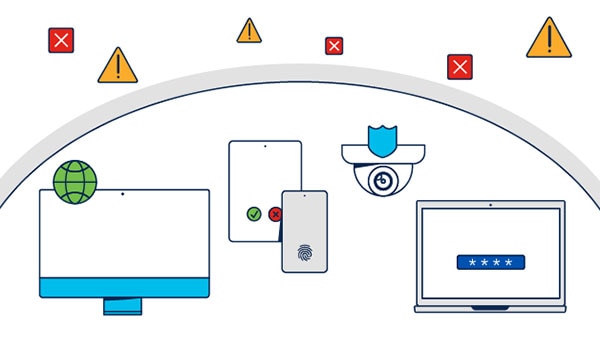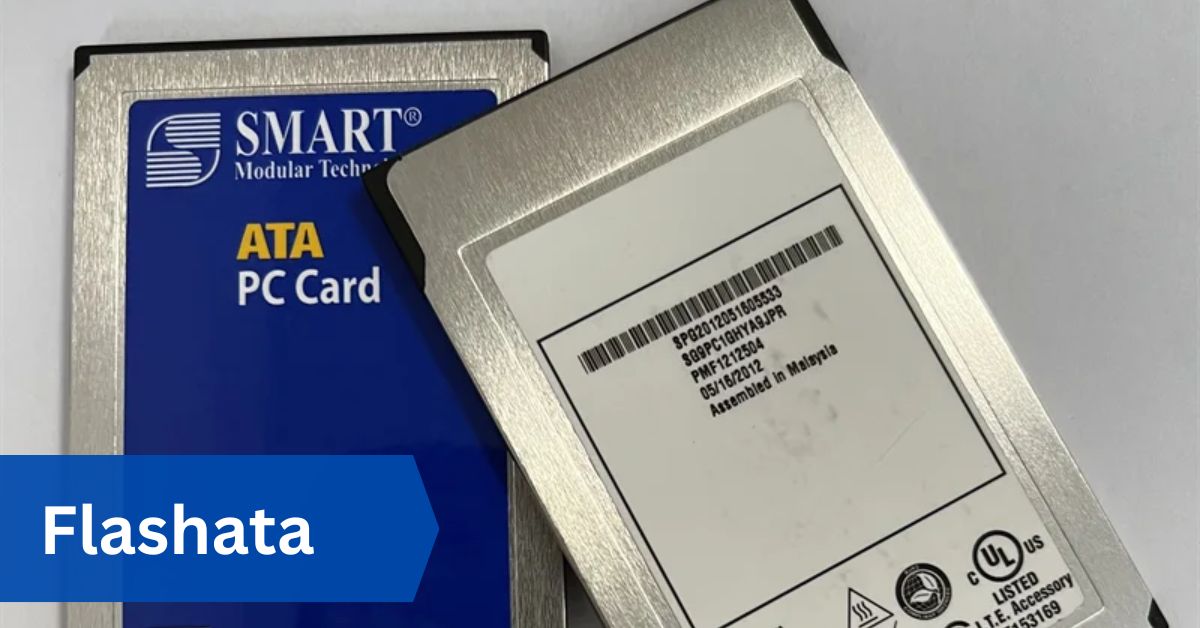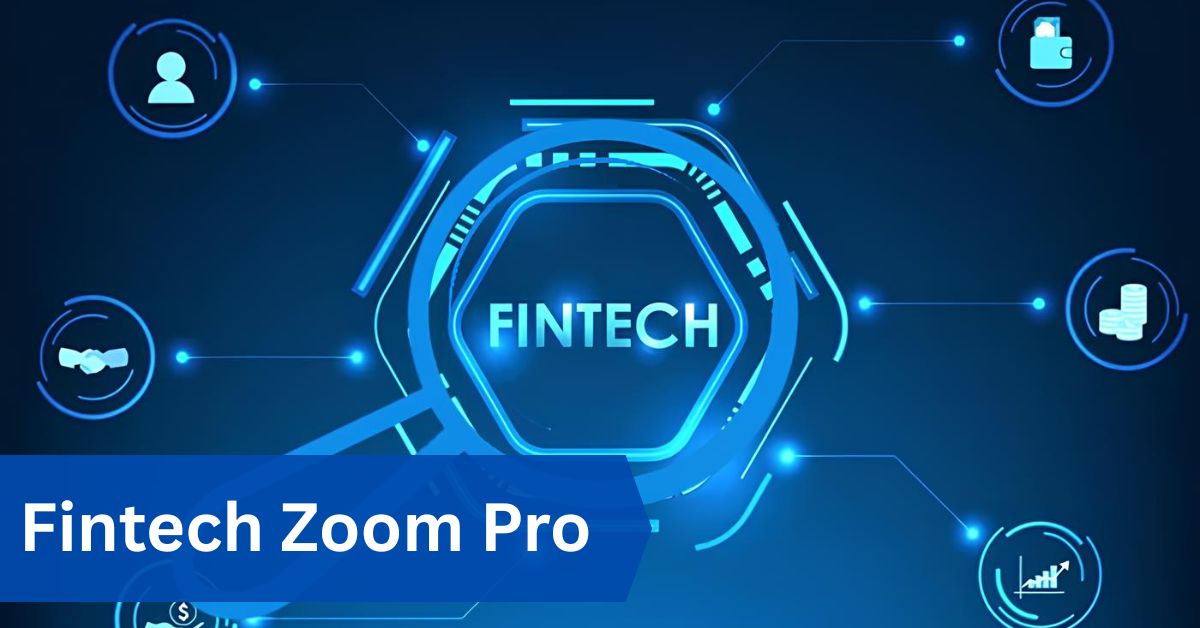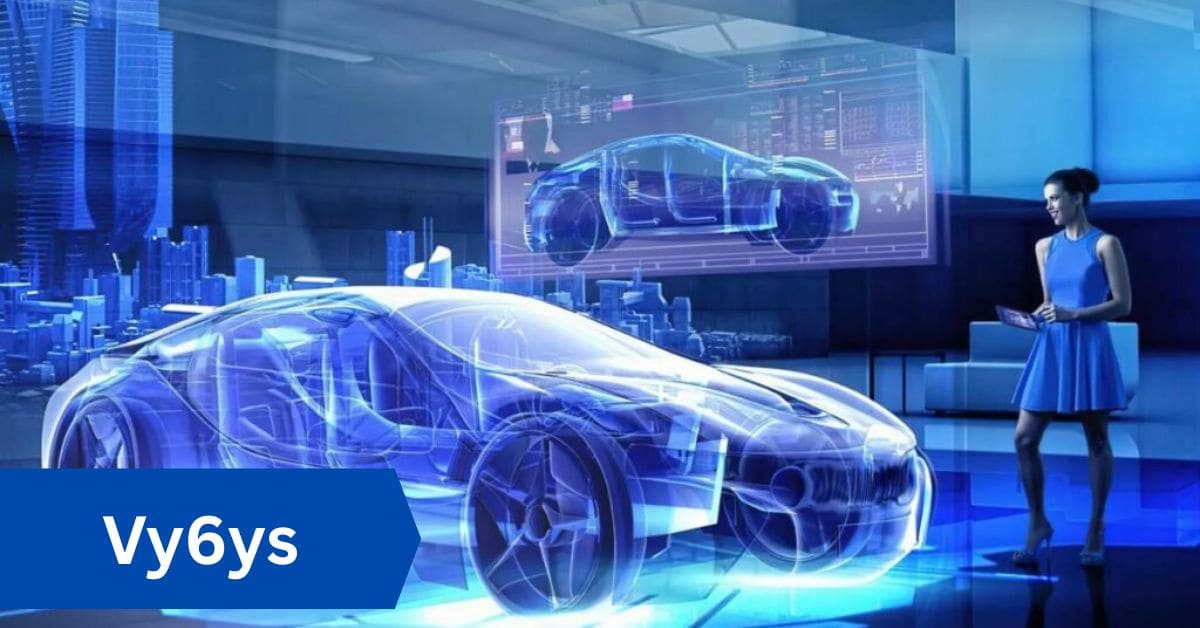After upgrading to a Flashata-based SSD in my laptop, I noticed apps launching almost instantly. The speed boost was so impressive, I switched all my storage devices to Flashata.
Flashata is a modern flash-based data storage technology designed for high-speed, non-volatile data access. It’s used in devices like SSDs, USBs, and cloud servers.
In this article we discuss about “Flashata”
Table of Contents
The Future of Fast, Secure, and Scalable Data Storage:
In a world driven by real-time data and digital transformation, the ability to store, manage, and retrieve information quickly is more than a convenience—it’s a necessity. Flashata, an emerging term representing next-generation flash memory technology, is redefining how individuals and organizations handle data. From everyday consumer gadgets to high-performance servers, Flashata is everywhere—and it’s changing everything.
What is Flashata?
Flashata refers to high-speed, non-volatile data storage systems based on flash memory. Unlike traditional magnetic storage devices, Flashata stores data using floating-gate transistors that maintain charge even when the power is off.

How Flashata Differs from Traditional Storage:
- No Moving Parts: Unlike hard disk drives (HDDs), Flash Ata devices contain no spinning disks, resulting in faster performance and greater durability.
- Persistent Storage: Retains data without needing continuous power.
- Compact Design: Smaller form factor with higher storage capacity.
Flashata includes devices like SSDs, USB flash drives, microSD cards, and embedded flash modules used in smartphones, IoT devices, and enterprise systems.
Read More: Fintechasia Sombras—A Complete Guide!
The Evolution of Flashata Technology:
Flashata is not a single device but a technological evolution of flash memory applications.
1. Generations of Flashata:
- SLC (Single-Level Cell):Stores 1 bit per cell – fastest, most durable, most expensive.
- Multi-Level Cells, or MLCs, have two bits per cell and are frequently found in consumer SSDs.
- Triple-Level Cells (TLCs) balance performance and cost by using three bits per cell.
- QLC (Quad-Level Cell):4 bits per cell – highest density, used in large-scale storage.
2. Interface Innovations:
- SATA: The traditional interface, slower but widely compatible.
- NVMe over PCIe: Ultra-fast speeds for modern high-performance applications.
- UFS (Universal Flash Storage): Used in smartphones for quick access and low latency.
Core Components of Flashata Devices:
1. Memory Cell Architecture:
- Floating-Gate Transistors: Trap and release electrons to store 0s and 1s.
- Word Lines and Bit Lines: Enable access to memory cells in rows and columns.
2. Controllers:
- Handle data flow, wear-leveling, error correction, and encryption.
- Crucial for reliability and performance.
3. Firmware:
- Embedded software that determines how data is written, read, and protected.
- Customizable for specialized applications (e.g., industrial or medical use).
Benefits of Flashata in Modern Use:
1. Lightning-Fast Data Access:
Flashata allows near-instantaneous boot-ups, file transfers, and program loading, crucial in high-demand environments like:
- Data centers
- Financial institutions
- Real-time analytics platforms
2. Enhanced Data Security:
With built-in AES-256 encryption, secure erase protocols, and write protection, Flashata ensures your data is secure even when the device is lost or stolen.
3. Energy Efficiency:
Flashata uses less power than traditional hard drives, making it ideal for:
- Battery-powered mobile devices
- Green data centers
- Energy-conscious enterprises
4. Portability and Flexibility:
From microSD cards in drones to M.2 NVMe SSDs in ultrabooks, Flashata brings flexibility to multiple platforms and industries.
Real-World Flashata Applications:
1. Consumer Electronics:
- Smartphones: Fast app loading and camera file handling
- Tablets: Smooth multitasking and streaming
- Smart TVs: Quick firmware updates and settings storage
2. Automotive Industry:
- ECUs and infotainment systems depend on Flashata for real-time vehicle performance monitoring and navigation updates.
3. Healthcare Systems:
- MRI, CT, and ultrasound machines use Flashata to store diagnostic imaging.
- Electronic health records (EHR) rely on flash storage for quick patient retrieval.
4. Enterprise Data Centers:
- High-speed NVMe Flashata arrays power cloud storage and big data analytics.
- Improved latency and throughput support real-time financial trading and AI model training.
Overcoming Data Management Challenges with Flashata:
Businesses today face unprecedented data growth, regulatory pressures, and the need for real-time analytics. Flashata addresses these with:
1. Instant Access:
No more waiting for disk spin-up. Flashata retrieves data in microseconds, enabling faster decisions and responsiveness.
2. Better Uptime:
With no moving parts, Flashata significantly reduces the risk of mechanical failure and extends device lifespan.
3. Streamlined Data Consolidation:
Compatible with most data ecosystems, Flashata integrates seamlessly with:
- Cloud platforms (AWS, Azure)
- Virtual machines (VMware, Hyper-V)
- Hybrid storage solutions
Success Stories Using Flashata:
1. Global Retail Giant:

After implementing Flashata SSD arrays, an e-commerce company saw:
- 40% increase in order processing speed
- 70% reduction in server crash rates
2. Healthcare Innovation:
A hospital network upgraded its medical imaging servers with Flashata, enabling:
- Near-instant access to 5+ TB of imaging data
- Faster diagnoses and improved patient outcomes
Read More: Colton Aflalo—A Complete Guide!
3. Financial Institution:
A bank transitioned to encrypted Flashata storage and achieved:
- Full GDPR and PCI-DSS compliance
- Zero reported security breaches over two years
Flashata vs. HDDs: A Comparative Snapshot
| Feature | Flashata SSD | Traditional HDD |
| Read/Write Speed | Up to 7,000 MB/s | ~150 MB/s |
| Power Consumption | Low | High |
| Durability | High (no moving parts) | Moderate (fragile) |
| Data Security | Built-in encryption | Requires software |
| Noise & Heat | Silent, cool | Noisy, hotter |
| Lifespan | 5–10 years (avg.) | 3–5 years (avg.) |
The Future of Flashata:
The evolution of Flashata isn’t slowing down. In fact, it’s accelerating with emerging innovations:
1. 3D NAND & Beyond:
Stacking memory layers vertically (3D NAND) allows greater density and lower cost per GB.
2. AI & Machine Learning:
Flashata enables real-time training and inferencing in AI workloads by speeding up access to large datasets.
3. Edge Computing & IoT:
Ultra-small Flashata modules are being embedded in edge devices like:
- Industrial sensors
- Smart agriculture tools
- Autonomous vehicles
Global Accessibility and Multilingual Support:
1. Translation in Local Markets:
To succeed globally, Flashata interfaces and documentation are being localized into:
- Spanish
- Chinese
- Arabic
- French
- Hindi
2. Cultural & Technical Challenges:
Translating technical specs and UI elements requires balancing accuracy, usability, and local expectations.
Flashata Name:
The term Flashata is a modern blend of “flash” and “data,” symbolizing high-speed, reliable digital storage. It reflects the technology’s core function—delivering data quickly through flash memory solutions. The name is both futuristic and functional, aligning with the tech industry’s need for branding that communicates speed, innovation, and simplicity.
As the demand for faster storage solutions grows, Flashata has emerged as a recognizable and relevant term in digital ecosystems ranging from smartphones to enterprise-level servers. Its unique name not only represents its function but also sets it apart as a brandable and marketable concept in today’s competitive tech landscape.
Latest Information on Flashata (2025 Update):
As of 2025, Flashata represents a new generation of high-speed flash memory solutions optimized for edge computing, AI processing, and ultra-mobile devices. It’s often used to describe modular flash systems that offer:
- NVMe Gen5 and PCIe 5.0 speeds (up to 13,000 MB/s)
- 3D QLC NAND with extended endurance
- Advanced thermal throttling management
- Zero-power standby modes for IoT and embedded systems
Flashata devices are being deployed in sectors like smart manufacturing, AI-based analytics, and real-time 8K video editing—all of which demand low latency and high durability.
Flashata as a Brand or Term:
Some manufacturers are using “Flashata” as a branding term for a hybrid between SSD and embedded flash modules that can scale from personal electronics to enterprise infrastructure.
Is Flashata the Future of Cloud and Local Storage?
Flashata is rapidly becoming a key player in both cloud-based and local storage solutions due to its exceptional speed, durability, and scalability. In cloud environments, Flashata enables faster data access and real-time analytics, reducing latency and improving user experience. For local storage, its compact form and energy efficiency make it ideal for laptops, gaming consoles, and edge devices.
As demand for hybrid storage models grows, Flashata is well-positioned to bridge the gap between cloud flexibility and local performance. With the rise of AI workloads and edge computing, Flashata’s ultra-fast, low-latency architecture could make it the default storage technology of the future.
Challenges and Limitations of Flashata:
While Flashata offers numerous advantages, it isn’t without limitations. One major challenge is limited write endurance, especially in QLC-based flash memory, which can degrade over time with frequent use. Cost per gigabyte is still higher than traditional HDDs, making it less ideal for bulk archival storage. Additionally, data retention issues may arise if the device remains unpowered for long periods.
Compatibility with older systems can also be a concern, as newer Flashata formats like NVMe Gen5 may require updated hardware or drivers. These limitations make it crucial to match Flashata solutions to the right workloads and usage environments.
Security Features Built into Flashata Devices:
Modern Flashata devices are built with advanced security features to protect sensitive data. Many include hardware-level AES-256 encryption, which encrypts data on the fly without impacting performance. Secure erase and data wiping protocols ensure that no residual data is left behind after deletion. Some Flashata drives also support password protection, TPM (Trusted Platform Module) integration, and write protection switches for tamper resistance.

These features make Flashata ideal for industries like finance, healthcare, and defense, where data integrity and privacy are non-negotiable. As cyber threats evolve, Flashata continues to adapt with firmware-level encryption and secure boot support.
Read More: Natasha Mae Fester Obituary—A Complete Guide!
Frequently Asked Question:
1. What is Flashata and how does it work?
Flashata is a high-speed, non-volatile data storage technology based on flash memory. It stores data using electrically charged memory cells, allowing fast access and long-term data retention even without power.
2. Is Flashata better than traditional hard drives?
Yes, Flashata offers faster read/write speeds, better durability, lower power consumption, and silent operation compared to traditional hard disk drives (HDDs).
3. Can Flashata be used for cloud storage systems?
Absolutely. Flashata’s speed and scalability make it ideal for cloud storage infrastructure, supporting real-time analytics, faster data retrieval, and seamless user experiences.
4. What are the main uses of Flashata in everyday devices?
Flashata is used in smartphones, laptops, gaming consoles, digital cameras, and even smart cars, where speed and efficiency are crucial for performance.
5. Is Flashata secure for storing sensitive data?
Yes. Many Flashata devices come with built-in AES encryption, secure erase functions, and password protection to keep data safe from unauthorized access or breaches.
6. What are the limitations of using Flashata?
Flashata has a limited write cycle lifespan, higher cost per gigabyte compared to HDDs, and may face compatibility issues with older hardware lacking proper drivers or interfaces.
7. How long does Flashata storage typically last?
Depending on usage and quality, Flashata devices can last 5 to 10 years or more. Enterprise-grade flash storage often includes wear-leveling technology to extend lifespan.
8. Is Flashata suitable for gaming PCs or consoles?
Yes, Flashata drastically reduces game load times, supports faster save/load operations, and improves overall system responsiveness, making it ideal for gaming systems.
9. Can Flashata be used in industrial or medical applications?
Definitely. Flashata is used in medical imaging systems, diagnostic devices, and industrial control units due to its reliability, shock resistance, and fast data access.
10. Will Flashata replace SSDs and HDDs in the future?
Flashata is not replacing SSDs—it is the next evolution of flash storage, including SSDs. It may replace HDDs in most environments as flash becomes cheaper and more efficient.
Conclusion:
Flashata stands at the forefront of modern storage innovation, delivering unmatched speed, security, and efficiency across industries. Whether in personal devices, enterprise servers, or AI-driven systems, Flashata offers the performance and reliability required for today’s data-intensive world. With its evolution into NVMe Gen5, 3D NAND, and edge-ready modules, Flashata is more than just storage—it’s the backbone of next-gen computing.As digital transformation accelerates, businesses and individuals alike will continue to rely on Flashata for faster decision-making, smarter infrastructure, and seamless user experiences. From smartphones to data centers, Flashata isn’t just the future of storage—it’s already shaping the present.
Read More:
- Fintech Zoom Pro—A Complete Guide!
- $Akwmttp—A Complete Guide!
- Yexes—A Complete Guide!
- Sombras Fintech Asia—A Complete Guide!















Leave a Reply